History is a touchy subject for some. The truth is that facts are sometimes twisted to serve certain parties' narratives and many who contributed greatly to the birth of their nation end up becoming footnotes.
The history of Malaysia and Singapore is dramatic and colourful but not many have a firm grasp of it. That would explain why history gets easily distorted by those with vested interests. Instead of celebrating our past, it is used to cloud judgment.
Christopher Hale’s ‘A Brief History of Singapore and Malaysia- Multiculturism and Prosperity: The Shared History of Two Southeast Asian Tigers’ is for those keen on history and who want to relish a good book that tries to provide relevant information.
Hale is a British author and documentary producer based in Singapore from 2013 to 2017 (as executive producer for Channel News Asia).
He has authored several non-fiction books including ‘Himmler's Crusade’, ‘Hitler's Foreign Executioners’ and ‘Deception: How the Nazis Tricked the Last Jews of Europe’.
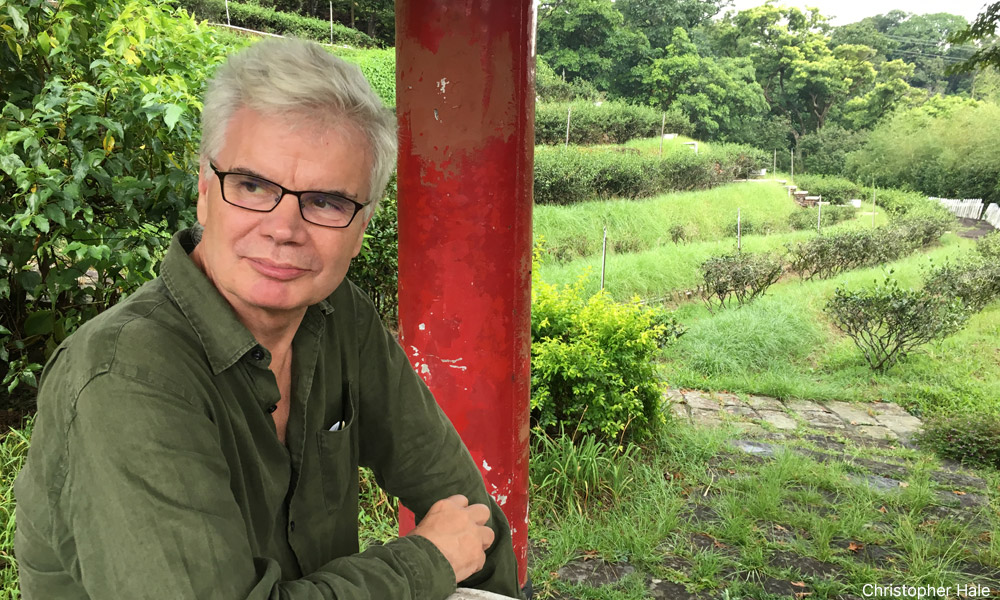
Previous work on Malaysia
Prior to ‘A Brief History of Singapore and Malaysia’, Hale wrote ‘Massacre in Malaya: Exposing Britain's My Lai’ (2013) about the Batang Kali killings of innocent villagers by British troops in 1948.
“This is my fifth book. I have a comparable fascination with the impact of the British empire building in South and Southeast Asia.
“As a British citizen, I think it is very important to honestly confront our imperial past and our often disastrous impact on the world – and how Asians have thrown off the shackles of the past,“ Hale said in an interview with Malaysiakini.
He said his journey to understand Malaysia started in 2007 when he was commissioned to make a documentary for National Geographic about the installation of Sultan Mizan Zainal Abidin as the Yang di-Pertuan Agong.
“Making that documentary was quite an adventure.
“I confess that I was, to begin with, challenged and puzzled by Malaysian society - it seemed to be an enigma wrapped in a mystery, with many quite personal conflicts bubbling beneath and above the surface.
“When I began to delve into the history of Malaysia and later Singapore, I realised that the past was the key to unlocking the present," he added.
Hale began researching and writing for this book in 2019 when he was in Edinburgh - where he had just completed a master's in human rights law. At the time, the world was in lockdown. The final draft of ‘A Brief History of Singapore and Malaysia’ was wrapped up late last year.
“Thankfully, I had reams of notes from an earlier book ‘Massacre in Malaya’ which was about the Malayan Emergency - but had reached back deeper into the past to explain Malaysia’s struggle for independence.
"When I began researching I had to confront the challenge of lockdown. So, the writing process was a different kind of battle – with the Covid-19 virus and no possibility of travelling.
"I am very grateful to the University of Edinburgh where I had just been studying: as an alumnus, I had access to vast numbers of articles and books – which meant I could stand on the shoulders of giants to research and write,” he explained.
“It was a lonely process - but writing the ‘Brief History’ provided a magic carpet of words that allowed me to travel back to places I had known when I lived and worked in Malaysia and Singapore – and deeply missed,” he added.
The book seems to favour Singapore’s history more as it begins and ends with this country’s origins. You have an entire chapter on former Singapore premier Lee Kuan Yew but nothing on a Malaysian leader, although former prime minister Dr Mahathir Mohamad’s photo is in the book.
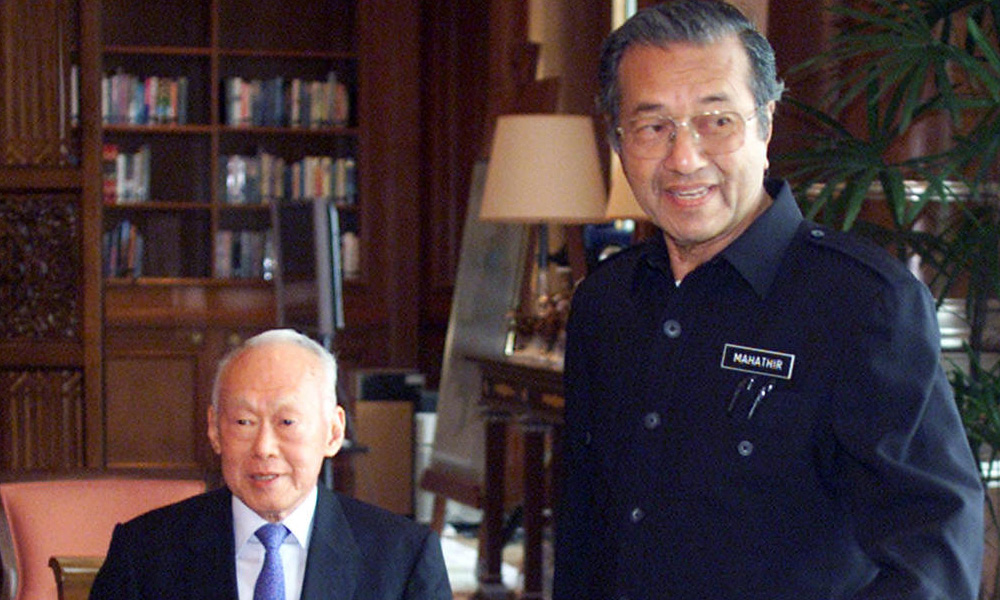
Hale explained that “the history of Malaysia and Singapore is deeply intertwined but simultaneously very different”, making it a challenge for him to get the balance right across the Causeway.
"I was aware that the book's early chapters favoured the peninsula. The history of early Temasek/Singapura is simply not as well documented as Malacca and the Malay sultanates.
“For that reason, I gave Singapore more space in the 20th Century. I would also argue that the book fully acknowledges the crucial role played by Malaysian leaders in the struggle for independence - and how Tunku Abdul Rahman played a vital role in Singapore’s story in the early 1960s.
“Rather than a focus on Lee - I wanted to emphasise his very complex relationship with the Tunku,” the author said.
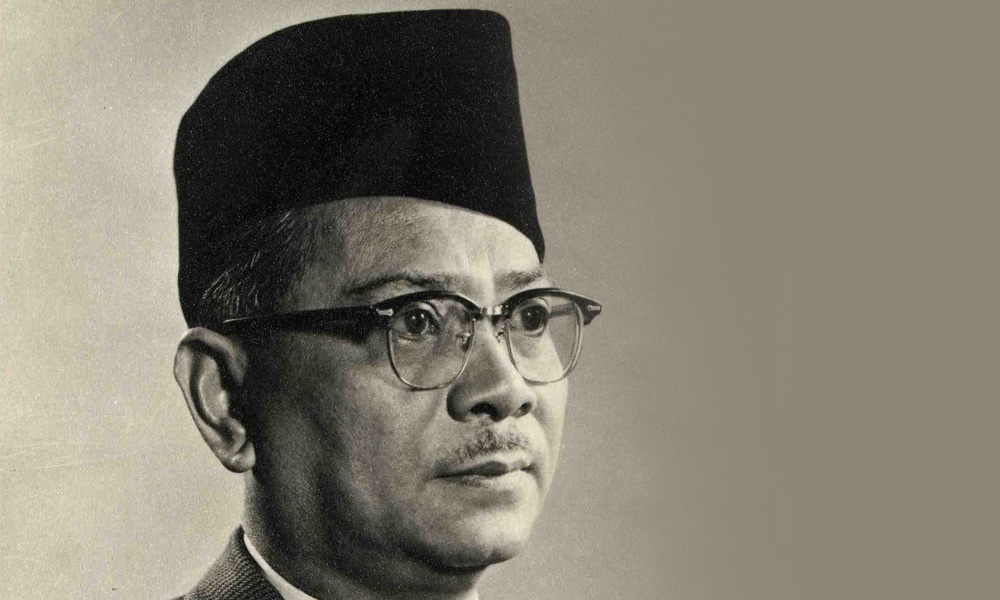
The book has many maps and photos to explain certain subject matters and to give readers a glimpse into the past of both countries.
Hale said that the illustrations and photographs are from stock agencies as well as personal photos.
“I would highlight a shocking image I discovered in the archives of the Imperial War Museum which shows the execution of the Indian sepoy ‘mutineers’ outside the walls of the prison in Singapore on Outram Road in 1915.
"One of the key themes of the book is the violence that underpinned British rule,” he elaborated.
Tracing early history
Hale went as far back into history as he possibly could to write this book. This includes what British scholar John Crawfurd unearthed 200 years ago and ‘Singapore, a 700-Year History: From Early Emporium to World City (2019)’ by a group of historians.
“Although I necessarily write from a Western point of view (something I can’t change), the history of Southeast Asia should never be reduced to a sidebar in European colonial history.
"Of course, Europeans had a huge and I would argue destructive impact - but the many different peoples of the region, whether they are Malay, Indian, Javanese, Buginese or Chinese must be centre stage. The story of Singapore does not begin in 1819 with the arrival of Stamford Raffles.
“Nor does the history of Malaysia start with the Portuguese onslaught on Malacca in 1511. Of course, there is so much more documentation of the colonial period - but it is vital to excavate the indigenous narratives such as the ‘Sejarah Melayu’.“
Tom Pires’s 'Suma Oriental' is also used as a source of information, but Hale points out that Pires was Portuguese and as far as we know his work used Javanese sources.
At a time when race is used as a political tool, this book offers an interesting take on the ancestry of those who live in Southeast Asia. One theory is that our ancestry comes from four major ancient civilisations and the second is that Malays and Indonesians are Austronesians while the original inhabitants are from Sundaland.
“One of the lessons of modern genetics is that race is a myth, a chimaera. There are no human races if we think racial identity refers to immutable differences.
"The problem is that when Europeans conquered huge swathes of the world in the 19th Century, they brought with them a concept of Race - with a capital R - that categorised indigenous peoples in a hierarchy of immutable differences - colonial authorities rubber-stamped very diverse peoples as ‘Malay’, or ‘Indian’ or ‘Chinese’ etc.
“As you know, these rubber-stamped identities were associated with insulting character traits - which I would prefer not to repeat here,” he said.
"I would suggest that after independence, the new governments of Malaysia and Singapore were reluctant to get rid of the old rubber-stamping mentality. This underpins the privileging of ‘Malays’ in Malaysia - which is a huge debate we don’t have space to go into here,” he added.
Returning to genetics, Hale said there are very small differences in our genes that can be deciphered to tell the story of human migrations over huge periods and reveal the fascinating melting pot of the past.
“This has never stopped melting and changing for millennia. Science should bring us all closer together!”
Myth or fact?
Myth plays a huge part in “local history”. Hale said the documentary record of Southeast Asian history before the coming of Europeans is quite fragmentary - and it is sometimes difficult to separate myth from history.
“Is that really such a big problem? We have Chinese records of trading relationships and wonderful literary masterpieces written by Malay scholars for their sultans. Taken together these sources can tell us a great deal for myths is a part of history - they were told by storytellers who knew much about their histories.
"What I suggest in the book is that while some of these stories are contradicted in part by hard facts, they still tell us about how people thought and acted.
“If you read my book carefully, you’ll see that myths are vibrant aspects of history - if not history itself. One problem I think is that the ‘Malay Annals’, for example, are entirely focused on the story of Malay rulers. Where are the ordinary people?” he asked.
Clear-eyed observations
Munshi Abdullah was considered a great man who rose from humble beginnings to become a translator and record keeper. These days he is ignored, with some referring to him as an agent of the British and the fact that he was Indian-Muslim seems to bother some people.
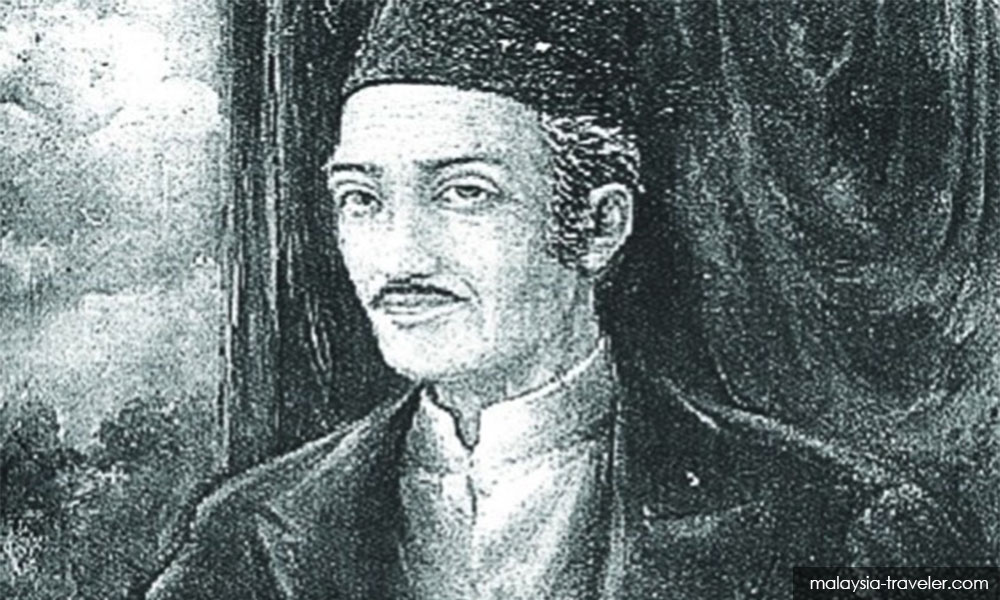
Hale mentioned him several times, especially under the subject of the ‘Fragility of the Malay Sultanates’.
“I am aware that Munshi is now denounced as a lackey of the British. My use of his work will upset many people I am sure. But I am very strongly opposed to ‘cancelling Munshi’. It’s absurd to cast aside such an important source.
"I would prefer to see him as one of the first and most astute historians of Southeast Asia - and he was an eyewitness. He has much to teach us.
“In his defence, I would say first of all that Munshi was clear-eyed about his employer - see for example his acerbic comments about Raffles’ plundering of indigenous artefacts and the loss of many treasures,” he said.
Secondly, Hale views Munshi’s commentary on the Malay sultanates, which seems to upset some historians, as both complex and sympathetic.
“Unlike the British ‘residents’, he is not patronising and merely derogatory - but clear-eyed," the author added.
Remembering early leaders
Early Malay nationalist movement leaders such as Mustapha Hussain and Onn Jaafar are mentioned in the book even though they are often forgotten.
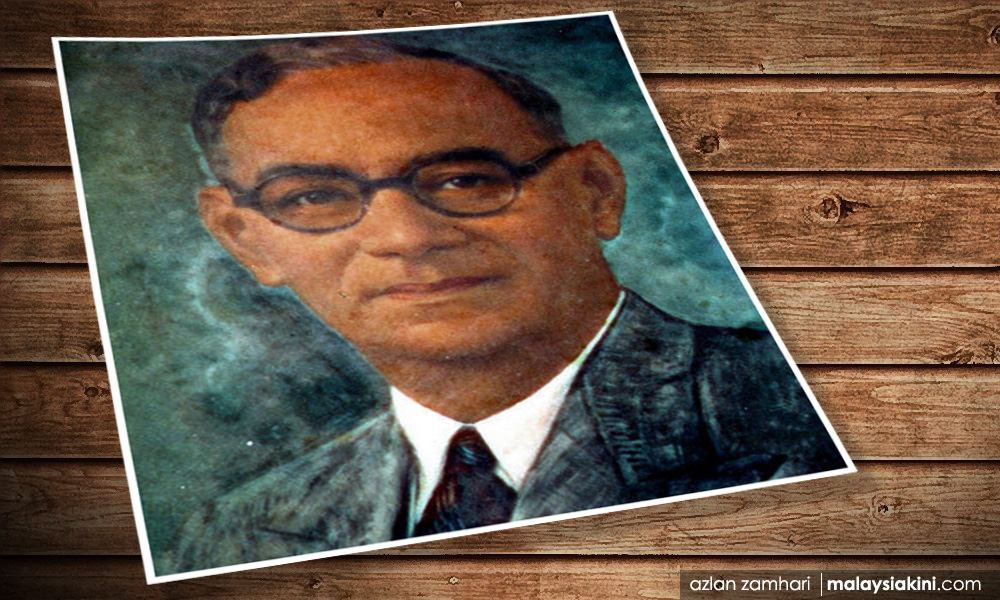
“We are fortunate to have Mustapha’s remarkable memoir - which reveals the emergence of a Malay national movement - and how its leaders were exploited by the Japanese after 1942. So why are these pioneers like Mustapha and Onn not better remembered?
"Here’s what I think happened. The national independence movement in Malaya gathered tremendous momentum when the British came back to Malaya after 1945.
"The old masters were back in charge - but their reputation was damaged. The post-war independence movement was a diverse one and represented many different shades of the political spectrum. It was not yet dominated by an obsession with Malay identity,’ Hale said.
"But it suited the British to side with the more conservative nationalists - notably Tunku. They wanted an independent Malaya that would continue to serve British interests. So, both the British and their Malay allies sidelined the pioneers - who they saw as the ‘awkward squad,” he added.
Slavery of a different kind
Hale also compared the predicament of Indian labourers aka coolies to the black slaves in the US. It is an interesting insight since darker-skinned Indians tend to be stereotyped and suffer racial profiling more than any other community in both Malaysia and Singapore.
“I hope, first of all, the book shows that colonial Singapore was - literally - built by South Asian men who had been imprisoned by the British in India and then deported as enslaved labourers. If you seek their monument, look around the bay area.
"Many of these builders of Singapore overcame immense hardships to remake their lives there - and their descendants are proud and successful Singaporeans. That’s the first point.
“Secondly, few historians acknowledge that after the ending of the Atlantic slave trade in the 1830s, European colonialists reinvented the same grossly exploitative system using indentured labour on plantations in French Indochina, Malaya and the huge region of the Dutch East Indies - now Indonesia,” he said.
Hale pointed out that a huge proportion of these millions of plantation workers came from India and China.

“They suffered from the cruellest labour practices and demeaning stereotyping since, as you say, they were often darker skinned.
"Like the prisoners of the empire who built Singapore, these armies of plantation workers created the wealth of European colonial powers.
“It is very disturbing to see that this stereotyping persists today,” he said.
He added that ‘A Brief History of Singapore and Malaysia’ was written for general readers and not academics or scholars.
He deems it a popular narrative history and is also aimed at students and visitors to the region who want a broad overview in a single volume - rather than having to read many different books on specific aspects of the region’s history.
On the most important thing he learnt while working on this book, Hale said: “We cannot dispense with nationalism which was so vital to winning independence - but the huge span of Southeast Asian history shows us that political maturity, cultural richness and individual fulfilment come from a recognition of diversity in unity.
"We are rooted in the past and our origins, but not prisoners of history.” - Mkini

No comments:
Post a Comment
Note: Only a member of this blog may post a comment.